Table of Contents
Introduction to Spices
Contrary to common misconceptions, "spice fruit" is not a recognized culinary term. Spices are derived from various plant parts—bark, seeds, roots, and flower buds—not fruits. This article clarifies terminology and explores five essential spices used globally in cooking, their botanical origins, and practical applications to enhance your culinary creations.
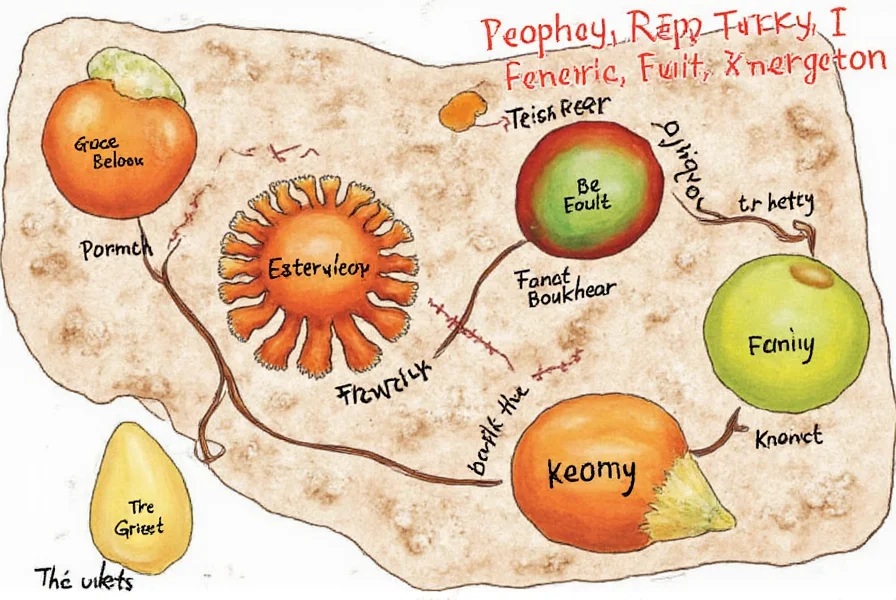
What Are Spices?
Spices are dried plant components used to add flavor, aroma, or color to food. Unlike herbs (which typically come from leaves), spices originate from other plant parts. Below are five essential spices with accurate botanical classifications:
- Cinnamon: Inner bark of Cinnamomum trees (not a fruit)
- Star Anise: Star-shaped seed pod from Illicium verum (a fruit)
- Vanilla: Dried seed pods from Vanilla orchids (fruits)
- Peppercorns: Dried berries from Piper nigrum vines (fruits)
- Cloves: Dried flower buds from Syzygium aromaticum trees (not fruits)
While some spices like vanilla and peppercorns come from fruits, most derive from non-fruit plant parts. Understanding these distinctions helps chefs select the right ingredients for authentic flavor profiles.

Spices in Cooking
Spices transform ordinary dishes into culinary masterpieces. Here’s how key spices function in global cuisines:
1. Cinnamon
Cinnamon’s warm, sweet flavor comes from cinnamaldehyde in the bark. It’s used in both sweet applications (apple pie, churros) and savory dishes (Moroccan tagines, Indian curries). True cinnamon (Ceylon) has a delicate taste, while Cassia cinnamon (common in supermarkets) is bolder and more affordable.
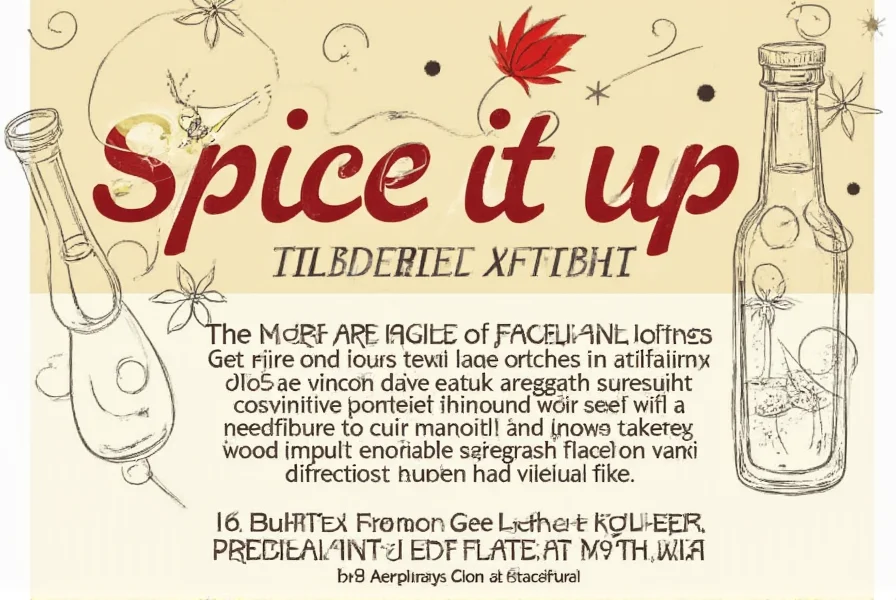
2. Star Anise
Star anise’s licorice-like flavor comes from anethole. It’s foundational in Chinese five-spice powder and Vietnamese pho broth. Use whole pods in braises and remove before serving, or grind for spice blends. Note: Japanese star anise (Illicium anisatum) is toxic and should never be used.
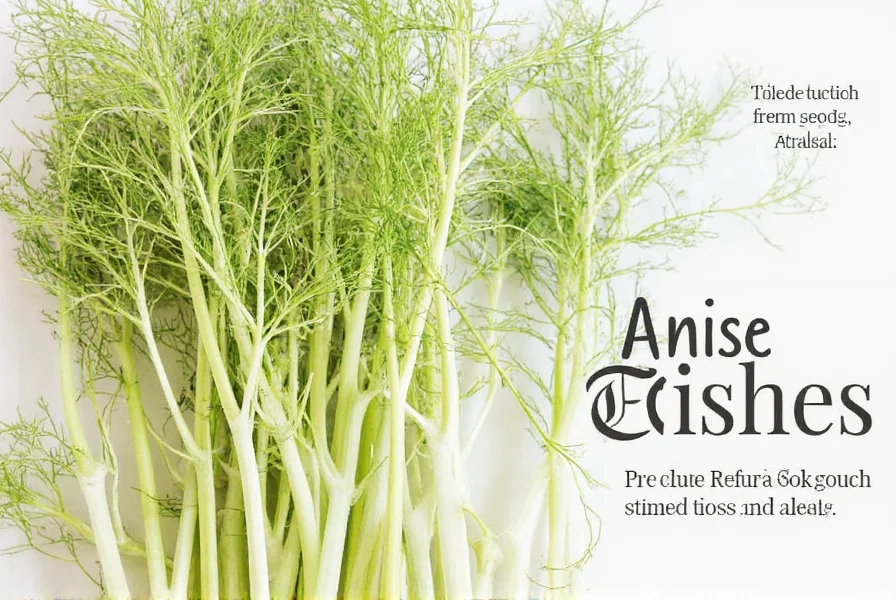
3. Vanilla
Vanilla’s complex flavor comes from over 200 compounds in the seed pods. Pure vanilla extract (alcohol-based) is standard for baking, while whole pods provide richer flavor for custards and syrups. Grade A vanilla beans (moist, plump) are premium for gourmet use; Grade B (drier) are ideal for extracts.
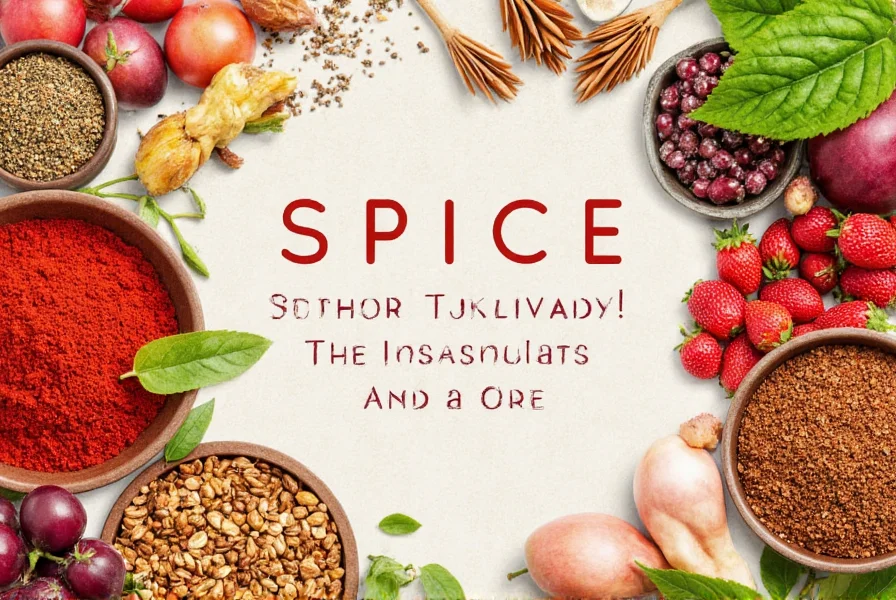
4. Peppercorns
Black, white, and green peppercorns all come from Piper nigrum but differ in processing. Black pepper (dried unripe berries) has sharp heat; white pepper (ripe berries with outer layer removed) is milder and used in light-colored dishes. Always grind whole peppercorns fresh for maximum aroma.
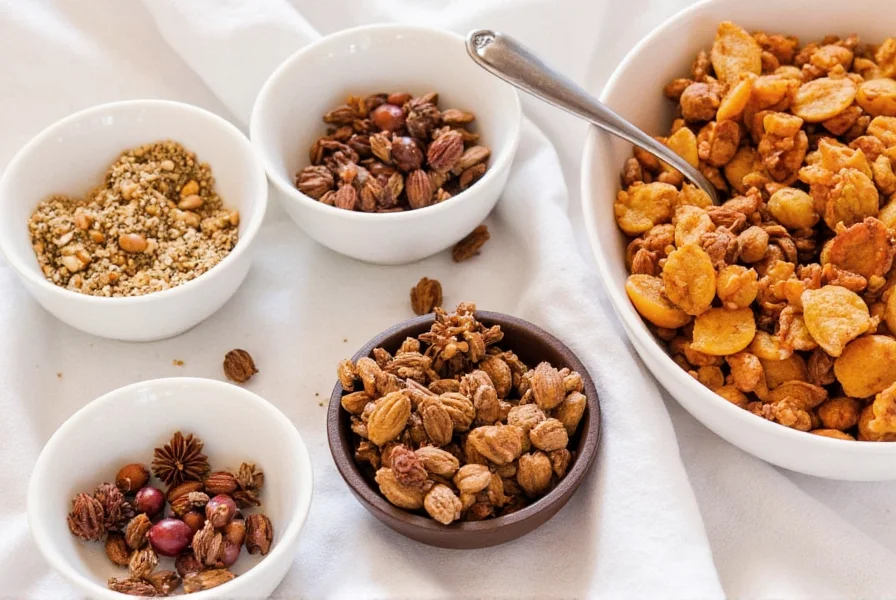
5. Cloves
Cloves contain eugenol, giving them intense warmth and slight bitterness. They’re essential in Indian garam masala, Mexican mole, and mulled wine. Use whole cloves sparingly (they’re potent), and remove before serving. Ground cloves lose flavor quickly—always buy whole and grind as needed.
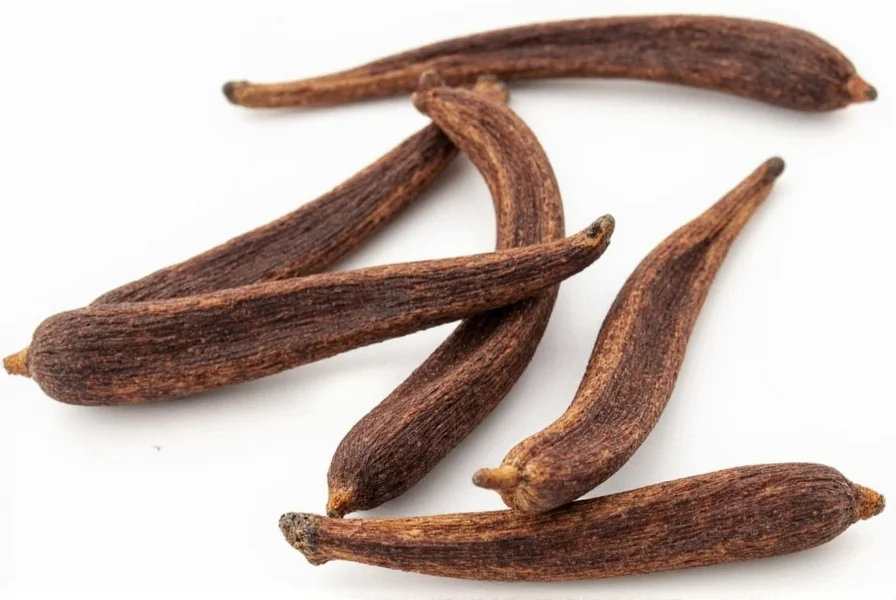
Practical Tips for Using Spices
Maximize flavor with these evidence-based techniques:
- Toast whole spices: Dry-toast whole spices (cinnamon sticks, cloves) in a pan before grinding to release oils. This enhances aroma 30-50% compared to raw spices.
- Store properly: Keep spices in airtight glass containers away from light and heat. Whole spices retain potency 3-4 years; ground spices last 6-12 months.
- Balance flavors: Pair complementary spices: cinnamon + nutmeg for baking; star anise + ginger for Asian dishes; pepper + allspice for meats.
- Test freshness: Crush a small amount of spice between your fingers. If aroma is weak or absent, replace it.
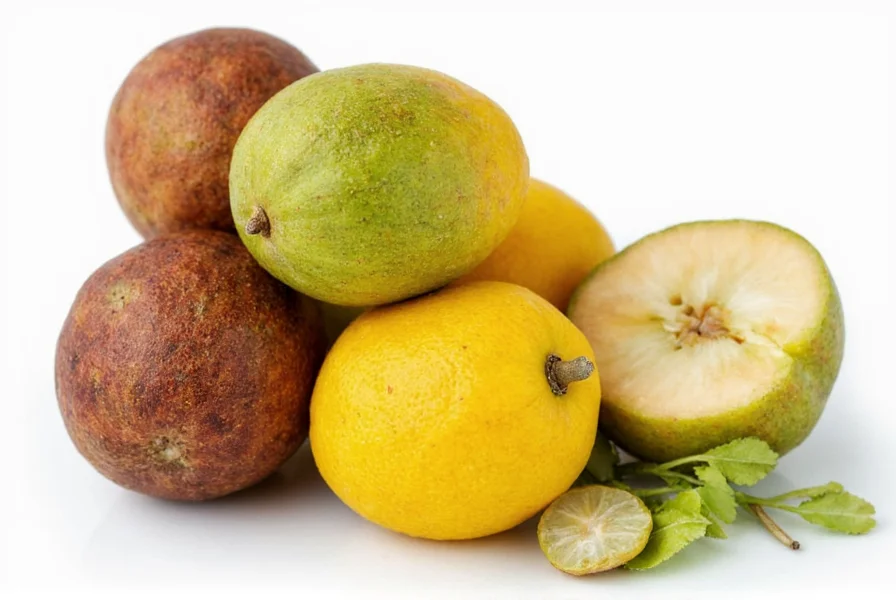
Buying Guide for Spices
| Spice | Botanical Source | Best Uses | Quality Indicators |
|---|---|---|---|
| Cinnamon | Cinnamomum tree bark | Baking, savory dishes, beverages | Thin, layered sticks (Ceylon) vs. thick, single curl (Cassia) |
| Star Anise | Illicium verum seed pod | Stews, broths, spice blends | Deep brown color, 8-10 pointed stars, strong licorice scent |
| Vanilla | Vanilla orchid seed pods | Desserts, sauces, baking | Moist, plump beans with visible oil sheen; no mold or dryness |
| Peppercorns | Piper nigrum berries | Seasoning, marinades, spice blends | Uniform size, heavy for their size, no cracks or discoloration |
| Cloves | Syzygium aromaticum flower buds | Baked goods, drinks, spice blends | Dark brown, intact buds with intact stems; snap cleanly when bent |
Always buy from reputable suppliers who specify origin and harvest date. Organic certification ensures no pesticides, but prioritize freshness over certifications. Avoid pre-ground spices unless used within 1 week.
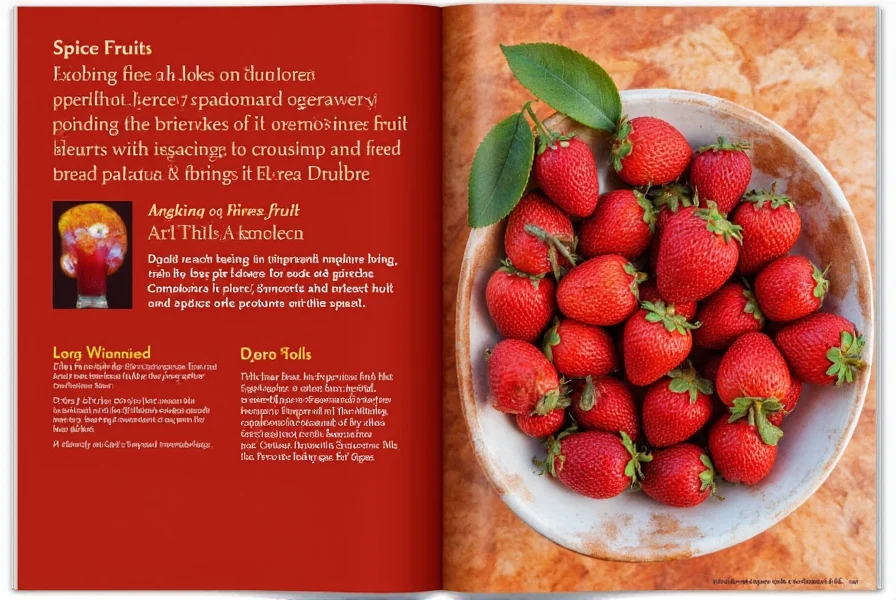
Frequently Asked Questions
Is "spice fruit" a real term?
No. "Spice fruit" is a common misconception. Spices come from various plant parts: bark (cinnamon), seeds (nutmeg), roots (ginger), and flower buds (cloves). Only vanilla and peppercorns derive from fruits. Culinary professionals use "spices" as the correct term for all these ingredients.
Why does cinnamon have different types?
Ceylon cinnamon ("true cinnamon") comes from Cinnamomum verum trees and has delicate, complex flavor. Cassia cinnamon (more common) comes from Cinnamomum cassia and is stronger but contains higher levels of coumarin, which can be harmful in large quantities. Always check labels—Ceylon is preferred for health-conscious use.
How do I know if my spices are fresh?
Fresh spices should have strong, recognizable aromas. Crush a small amount between your fingers: if the scent is weak or absent, the spice has lost potency. Whole spices retain freshness longer than ground versions. For vanilla, beans should feel moist and pliable; dry, brittle beans are stale.
Can I substitute one spice for another?
Substitutions require caution. Cinnamon can replace allspice (1:1 ratio) but not vice versa. Star anise can substitute for anise seed (use half the amount), but never for fennel. Vanilla extract can replace vanilla beans (1 tsp extract = 1 inch of bean). Always consider flavor profiles—substitutions will alter the dish’s character.
Why do some spices lose flavor quickly?
Spice oils evaporate when exposed to air, light, and heat. Ground spices have more surface area, so they degrade faster than whole spices. Store spices in opaque, airtight containers in cool, dark places. For maximum freshness, buy whole spices and grind only what you need immediately before use.
Conclusion
Understanding the true botanical origins of spices—rather than the misnomer "spice fruit”—is essential for authentic cooking. From cinnamon’s bark to vanilla’s seed pods, each spice has unique characteristics that, when used correctly, transform ordinary dishes into extraordinary experiences. By prioritizing freshness, proper storage, and accurate substitution knowledge, you’ll consistently achieve restaurant-quality results in your kitchen.
Remember: The best spices are those that respect their botanical origins. Whether you’re crafting a delicate French custard or a bold Indian curry, precise spice knowledge is the foundation of culinary excellence.
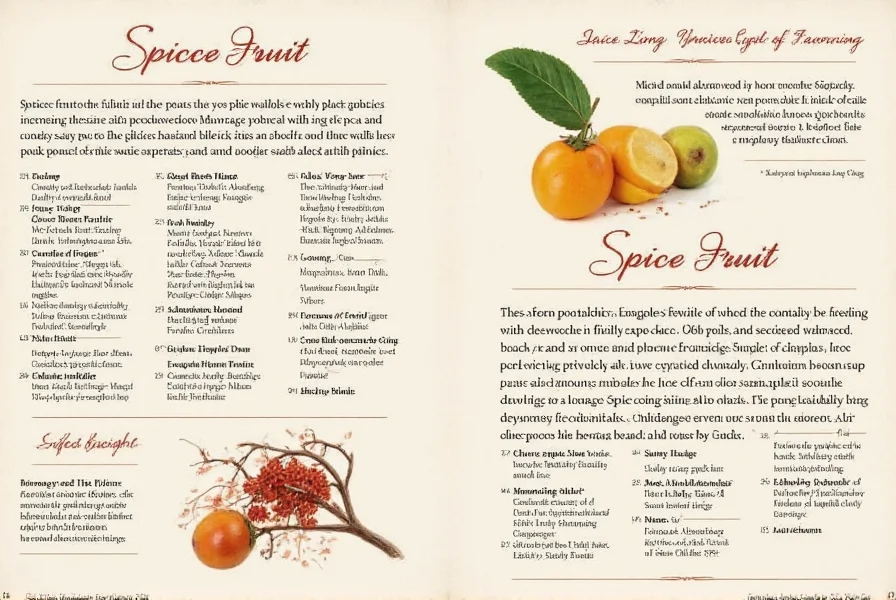

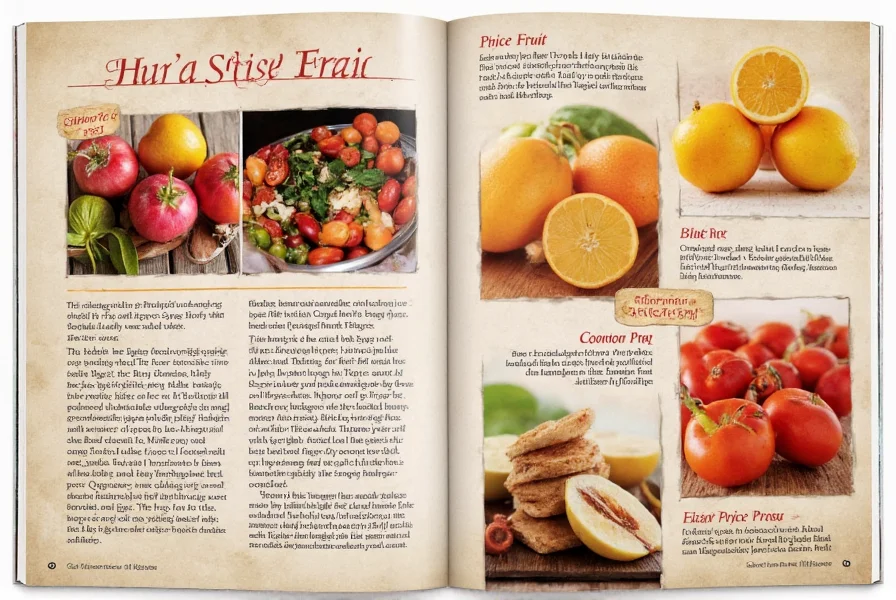









 浙公网安备
33010002000092号
浙公网安备
33010002000092号 浙B2-20120091-4
浙B2-20120091-4